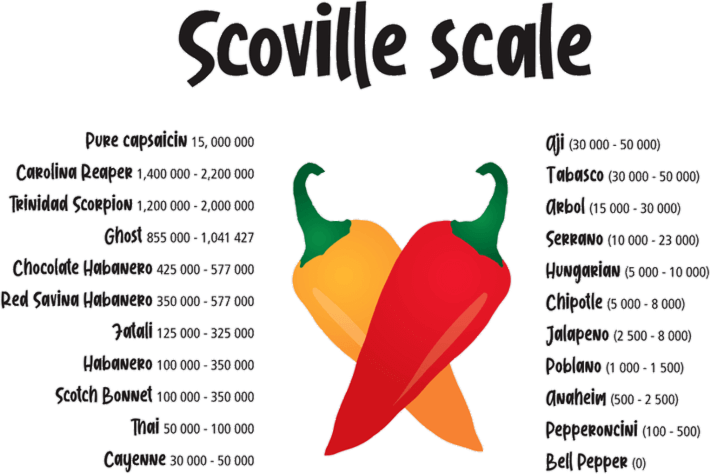Testing the hotness of pepper sprays

Pepper spray is a popular self-defense product that has been around for many years. In this article we will look at different research done on pepper sprays to test the "hotness" of various types of Pepper Sprays.
1. Capsaicin is the actual ingredient within the OC that causes burning sensation and inflammation of mucous membranes. The amount of Capsaicin in layman terms, is the cause of the hotness of chili peppers. To scientifically measure the amount of Capsaicin within OC sprays, HPLC method is used to obtain exact and accurate data. (See the Official Analytical Methods of the American Spice Trade Association (HPLC method 21.1). This test method provides an acceptable international guideline for testing the Capsaicin amount by the scientific community.
2. For example, United States Testing laboratory HPLC on CAPSTUN product resulted in 0.92% Capsaicin for Z-305 model. With the HPLC method the users are rest assured that exactly 0.92% of Capsaicin is contained in the canister regardless of the formula or other ingredients.
3. Scoville Heat "SHU" Test method (See the American Spice Trade Association Method 21.0.) dates back to 1930's and is replaced by the modern and machine accurate HPLC method. SHU testing is none other than "tongue" tasting of the spice by a panel of 5 individuals. SHU therefore depends on the subjective taste experience of the panel. The SHU test is not accurate since it depends on the individual taste sensitivity which changes from person to person and does not measure the actual chemical percentage within the product. SHU test is an appropriate test for the food spice community, however it cannot serve the weapon technology, where an officer depends on the OC's high performance.